The presence or absence of pubescence has commonly been used to distinguish E. nuttallianus & E. sericeus (not earlier distinguished from E. discolor). East of the Pecos River, where the former is known to occur, this is a reliable differentia. West and south of this area, where E. discolor occurs, the presence of pubescence alone is not reliable, and other criteria are required.
A study of individual hairs has shown that hair morphology can distinguish Evolvulus taxa, but vague terms such as 'loose', 'spreading', 'appressed' are not sufficient, even misleading. The term 'sericeous,' sometimes used almost as a synonym for 'hairy' – e.g., "densely sericeous on both surfaces" for E. nuttalianus, implies a means of determining the width of hairs, but detailed examination shows that the hairs of E. nuttallianus are not fine and silky, i.e. sericeous. For a study of hair morphology.
In A Monograph of the Genus Evolvulus (1934) S.J. van Ooststroom repeatedly distinguishes two forms of E. sericeus, e.g., p. 130:
In my survey of over 600 U.S. and Mexican Evolvulus collections I frequently found notations on Trans-Pecos collections indicating pubescence on the upper leaf surface (and these were consequently determined as E. nuttallianus). The following image illustrates a redetermination of E. nuttallianus based on pubescence (changing the original ID). Originally Tharp stopped short of giving a species epithet, and in 1960 Shinners decided it was 'sericeus.' But the plant's habit doesn't actually match either E. sericeus or E. nuttallianus. It is E. arenarius.
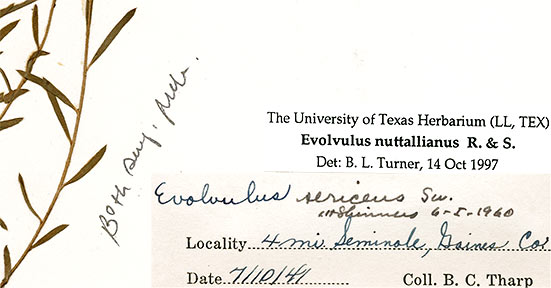
The following table shows that of 91 Trans-Pecos ‘E. nuttallianus’ collections I have examined from TX/LL and SRSC herbaria, I have determined 78 as E. discolor. I found no valid collections for E. nuttallianus from the Davis Mountains (Jeff Davis Co.) or from Mexico (Coahuila, Chihuahua).
| E. nuttallianus | E. discolor | |
|---|---|---|
| Culberson | 5 | 0 |
| Jeff Davis | 0 | 19 |
| Presidio | 3 | 17 |
| Brewster | 1 | 38 |
| Pecos | 1 | 2 |
| Terrell | 2 | 0 |
| Hudspeth | 1 | 2 |
| total | 13 (14%) | 78 (87%) |
Descriptions of E. nuttallianus vestiture in the literature appear to have been made at least in part on the basis of incorrectly determined collections. A further example is, in my opinion, van Ooststroom's correct determination of E. oreophilus Greene as E. sericeus var. discolor (with strong pubescence on the upper leaf surface), but this has more recently been incorrectly listed as a synonym for E. nuttallianus.
In the table below 3 taxa are represented: E. nuttallianus, E. sericeus & E. alsinoides.
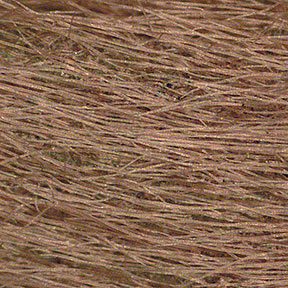
|
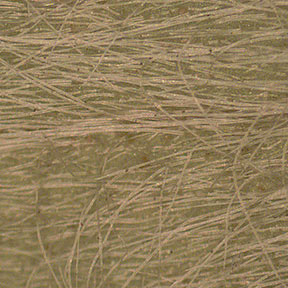
|
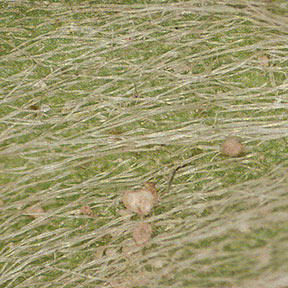
|
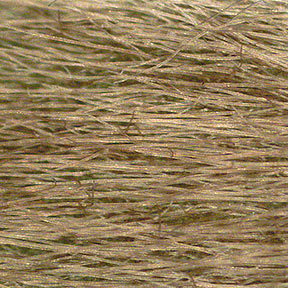
|
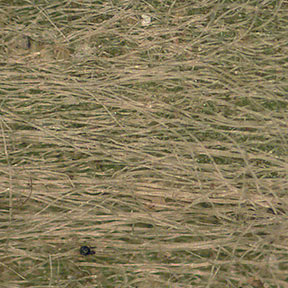
|
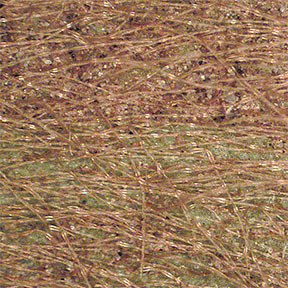
|
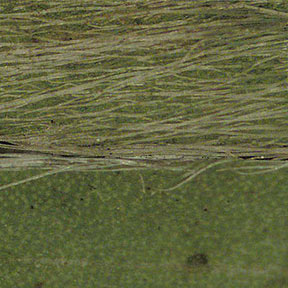
|
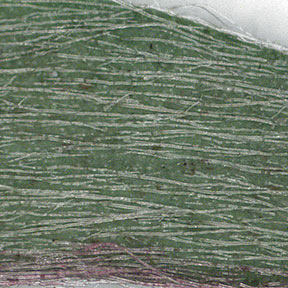
|
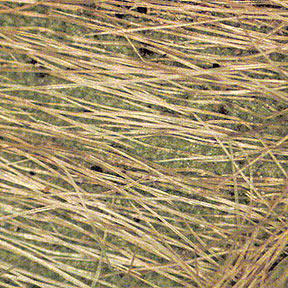
|
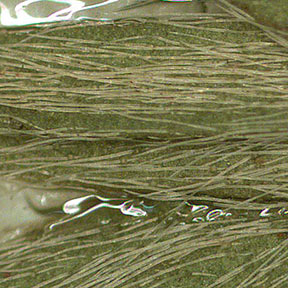
|
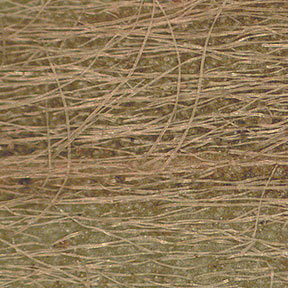
|
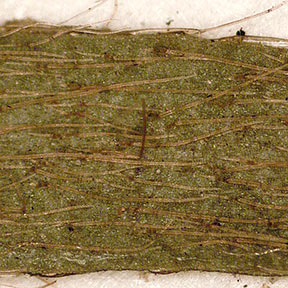
|
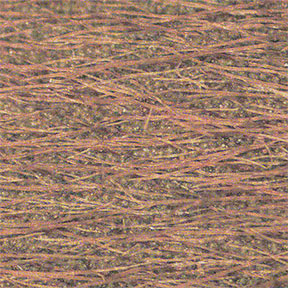
|
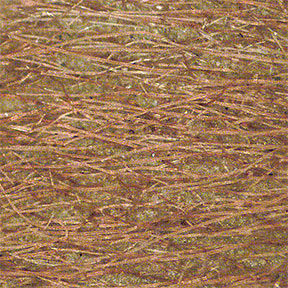
|
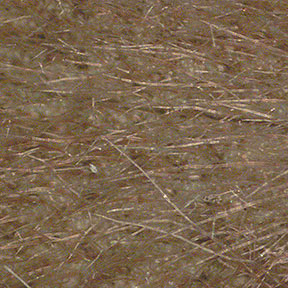
|
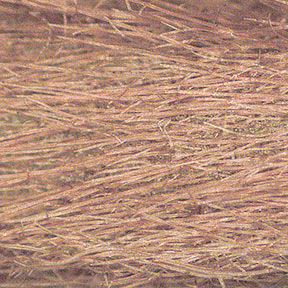
|
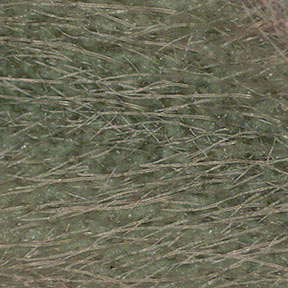
|
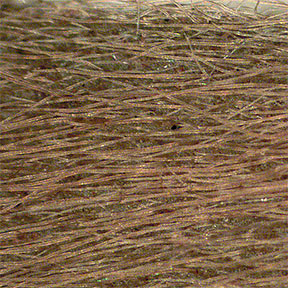
|
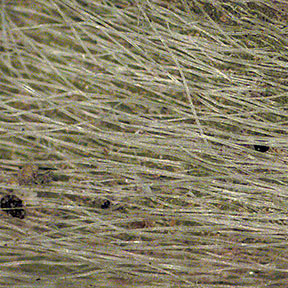
|
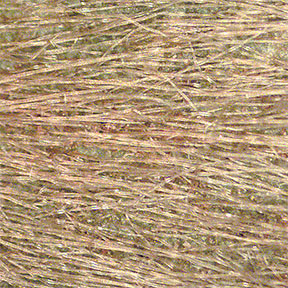
|
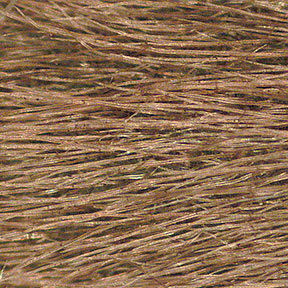
|
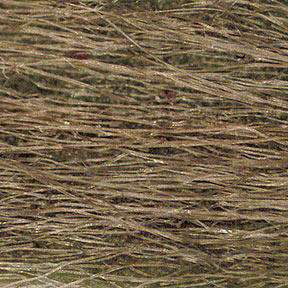
|
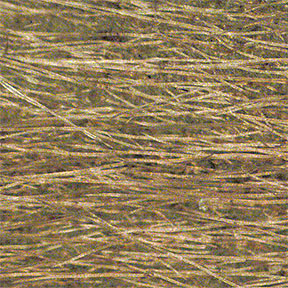
|
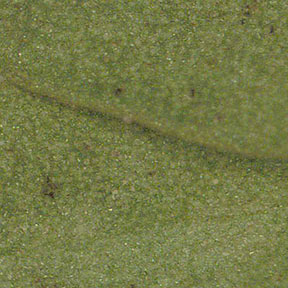
|
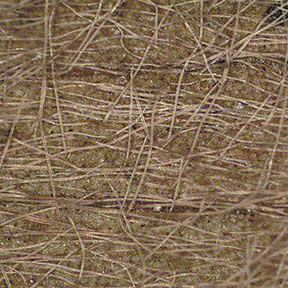
|